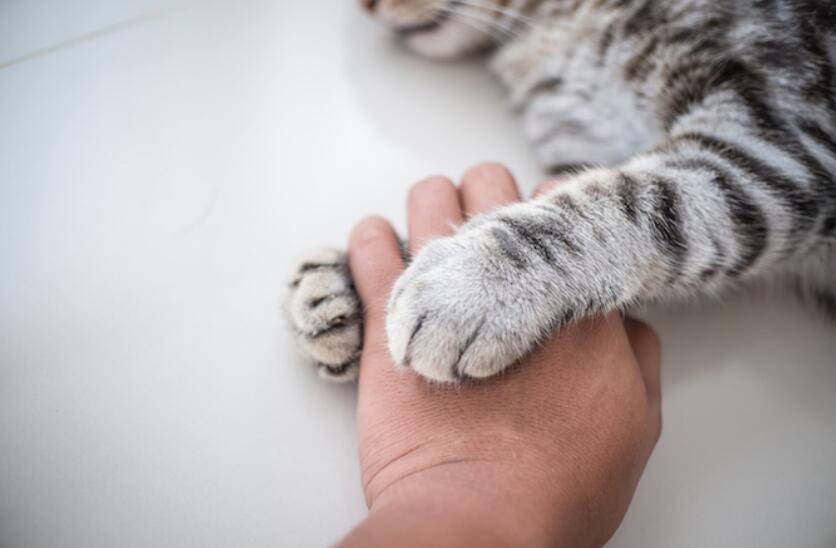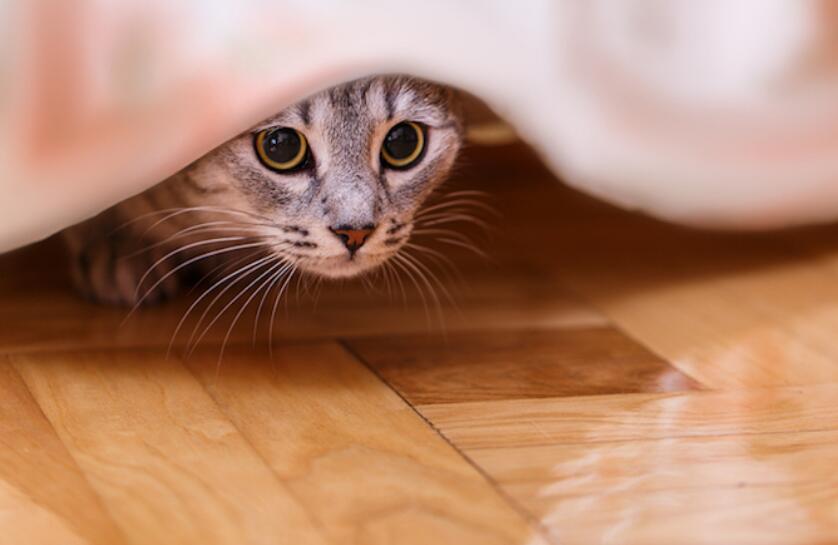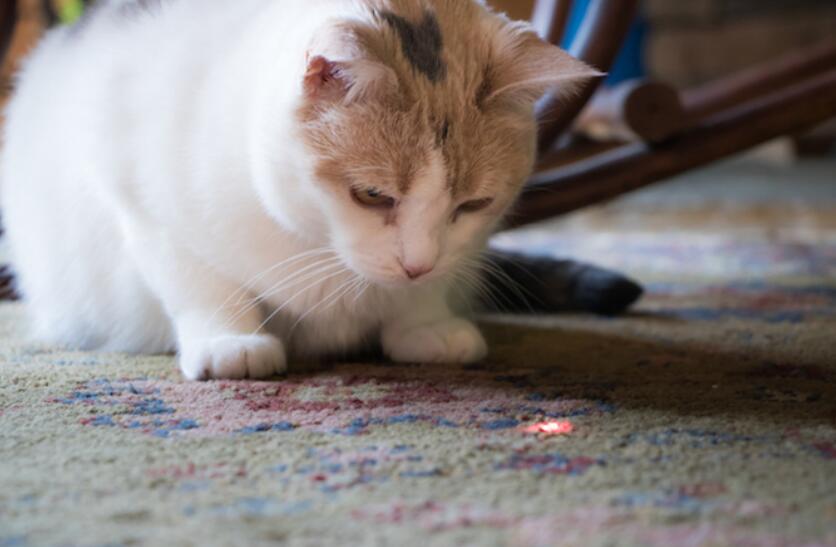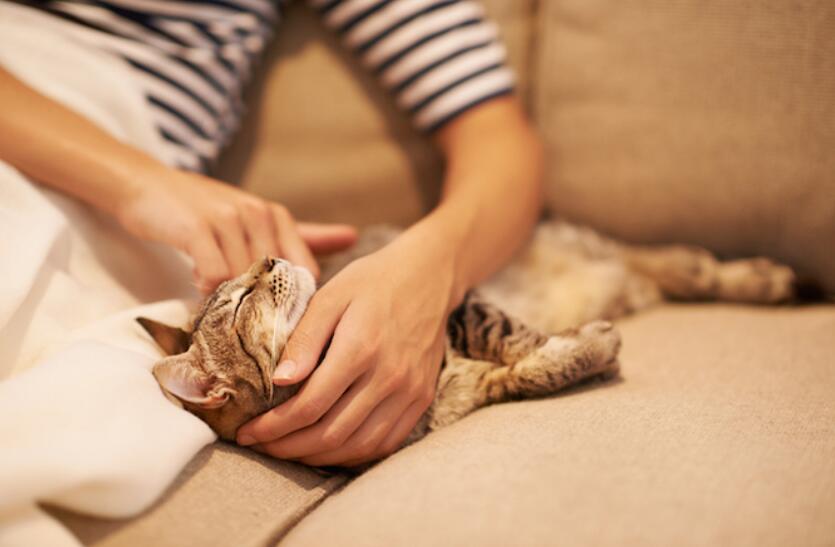 Cats are fickle, fussy creatures, but those who love them want to cuddle them anyway.
Cats are fickle, fussy creatures, but those who love them want to cuddle them anyway.
Cat owners struggle to bond with their feline friends. This is easier for some cats, but there are ways to help owners lay the foundation for a successful human-cat relationship. If you’re bringing home a cat for the first time, or want to improve your relationship with your current feline tenant, here are some tips and tricks for building a lasting and genuine relationship with your pet. Give them space.
Give them space.
When you get close to your cat, take your time and give them some space. “The most important thing is to observe before you start straight away,” says Dr. Ryane E. Englar, assistant professor and clinical education coordinator at Kansas State University in Manhattan, Kansas. “Staying calm is very difficult. We usually want to engage with cats right away – pet them, pick them up, see how they interact with us. But that’s the way humans do things. Cats see the world differently than we do.”
Dr. Nicholas Dodman, an animal behaviorist and professor emeritus at Tufts University’s Cummings School of Veterinary Medicine, agrees. “You can’t force a cat to do anything. You can’t make them love you, and you can’t run to meet a cat you’ve never met without causing trouble.”
Englar suggests giving cats a space slightly away from their hiding place. She explains, “They’re going to want a place to process what’s going on, especially if they’re new to your home.” This out-of-the-way place should also include what Englar calls a “safe space,” such as a vertical spot like a cat tree or something as simple as a cardboard box with an entrance and exit. She adds, “You want to make sure the cat has a way to escape from the box.” First, stick to what they know
First, stick to what they know
In general, cats are creatures of habit. Moving to a new environment can be difficult, so owners should do everything they can to make the transition as easy as possible. This includes figuring out exactly what your cat is eating. “It can be uncomfortable to suddenly change their food,” Englar says. “You can’t expect a cat to adapt to a new environment, new smells, new sounds, new people and new food all at the same time. Your goal should be to keep as many things the same as possible until they are able to adjust to the new environment. Cats take comfort in consistency.”
That’s not to say you can never transition to a different food or a new environment, just that your cat will be more comfortable with incremental changes rather than a bunch at once. Let them come to you.
Let them come to you.
As your cat becomes more comfortable, she may begin to explore her new home and get to know her new friends. Some cats jump right in, while others may take a few weeks to warm up. The key is to let your cat choose when to start being intimate. “Kate decides when she can start making friends,” says Ingra.
When a cat is ready, she’ll start exhibiting clingy behaviors like kneading and flagging. “Bunting is when a cat comes up to you and starts rubbing her forehead against you,” Dodman describes. “This is usually accompanied by other friendly behaviors like purring, sitting on your lap or right next to you.”
“Kneading is also a good behavior,” Englar adds. “Kittens do it all the time, but for adult cats, it means they’re comfortable and relaxed around you.”
Dodman explains that there is no real-time time frame for this part of the bonding process. “Some cats like you right off the bat, but some may need more encouragement. It totally depends on their personality,” he says. Know when to give up.
Know when to give up.
Being able to read your cat’s body language is key to avoiding emotional frustration, Englar says, and look for a few body language clues to suggest that the cat may be uncomfortable and you need to take a step back. These symptoms include flattened ears, a violently twitching tail, and extremely dilated pupils. If you see any of these, it’s probably not a good time to reach out and pet them,” she explains.
Englar adds that purring can sometimes indicate that a cat is agitated. It’s confusing because purring usually means a cat is happy, but sometimes they use purring as a self-soothing mechanism. If a cat is purring but still seems annoyed, it’s best to give it some space. Encouragement of combined behaviors
Encouragement of combined behaviors
While Englar and Dodman insist that you shouldn’t force your new cat to interact, they do mention that owners can take steps to encourage it. “When you’re around, make sure good things happen. Treats should be present. Food should be around you. You can also try playing with hands-free toys, like a laser pointer. The cat won’t realize you’re holding the laser pointer, but it will make your presence welcome as you play and chase it around the room.”
If you have a cat that is easily frightened or shy, this can be very helpful. Dodman calls this process “anti-conditioning.” “You have fun together. They expect fear and have fun with it.”
Englar adds that many cats are highly motivated by food, and you can capitalize on that when you want to spend time with them. You can even put snacks in your lap. That could be all the motivation a cat needs to come over and take a nap.” Be patient.
Be patient.
Building a close relationship with your cat is a process, and you may not become best friends right away. “You may not even always be moving in a positive direction,” Dodman says. “You might be doing well and then have a setback. You just need to pick yourself up, dust yourself off and keep going. It’s like a game of ‘Chutes and Ladders’ – but hopefully three steps forward and one step back.”

